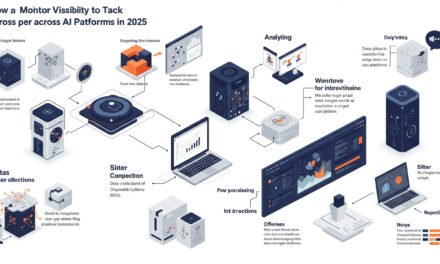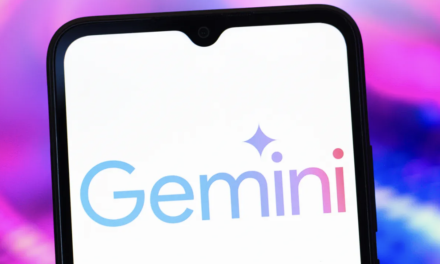In a significant move to enhance security and ensure responsible use of artificial intelligence, OpenAI has introduced a new ID verification process for organizations seeking access to its most advanced AI models. This development, known as the “Verified Organization” status, aims to mitigate misuse and promote safe deployment of AI technologies.
Understanding the Verified Organization Status
The Verified Organization status is a newly implemented requirement for businesses that wish to unlock access to OpenAI’s latest and most capable AI tools. To obtain this status, organizations must complete an ID verification process, which involves submitting a valid government-issued ID from one of the over 200 countries supported by OpenAI’s API. It’s important to note that an ID can only be used to verify one organization every 90 days, and not all organizations will be eligible for verification at this time. Tech TimesCryptopolitanOpenAI Help Center
Why OpenAI is Implementing ID Verification
OpenAI’s decision to require ID verification stems from a commitment to ensuring that AI technologies are used safely and responsibly. The company has acknowledged that a small minority of developers have intentionally used OpenAI APIs in violation of usage policies. By introducing the verification process, OpenAI aims to reduce unsafe AI usage while continuing to make advanced models available to the broader developer community. OpenAI Developer Community+2OpenAI Help Center+2Business Finance News+2Business Finance News+1OpenAI Help Center+1
Benefits of Verification
Organizations that complete the verification process will unlock access to OpenAI’s most advanced models and additional capabilities on the platform. This includes higher rate limits across models as organizations advance through usage tiers. The verification process itself is straightforward and does not have any spend requirements, making it accessible to a wide range of businesses. Cryptopolitan+1OpenAI Help Center+1
Implications for Businesses
For businesses leveraging OpenAI’s APIs, the introduction of ID verification signifies a shift towards more regulated access to cutting-edge AI models. While this may introduce an additional step in the onboarding process, it also provides assurance that the AI tools are being used in a secure and compliant manner. Organizations are encouraged to initiate the verification process promptly to ensure uninterrupted access to OpenAI’s evolving suite of AI capabilities.
Conclusion
OpenAI’s implementation of ID verification for organizations marks a proactive approach to fostering a secure and responsible AI ecosystem. By balancing accessibility with safeguards against misuse, OpenAI continues to lead in setting standards for ethical AI deployment. Businesses aiming to stay at the forefront of AI innovation should embrace this verification process as a step towards sustainable and trustworthy AI integration.





